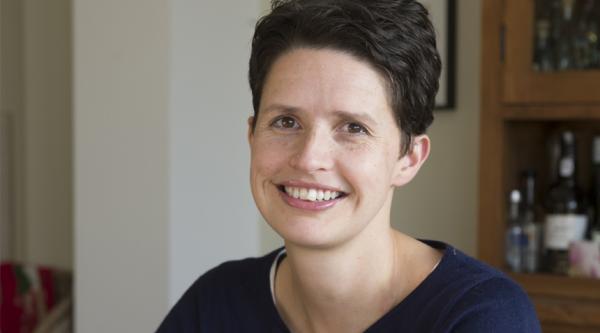Getting a diagnosis of dementia with Lewy bodies (DLB)
Dementia with Lewy bodies (DLB) may account for up to 20% of all recorded dementia, but it is often misdiagnosed. Read more about getting the right diagnosis for DLB, and what the process might be like.
- Dementia with Lewy bodies (DLB): what is it and what causes it?
- You are here: Getting a diagnosis of dementia with Lewy bodies (DLB)
- Symptoms of dementia with Lewy bodies (DLB)
- Treatments and support for dementia with Lewy bodies (DLB)
- Dementia with Lewy bodies (DLB) – useful resources
Dementia with Lewy bodies (DLB)
Getting the right diagnosis for DLB
Having a diagnosis of dementia can allow a person to get the support they need to live well. It is important to know the specific type of dementia a person has, especially if it’s possible they may have dementia with Lewy bodies (DLB).
This is because the drugs used to treat hallucinations and delusions in other types of dementia can cause a bad reaction in a person with DLB.
Dementia with Lewy bodies can sometimes be hard to recognise. People with DLB are often mistakenly diagnosed as having another type of dementia, such as Alzheimer’s disease.
DLB may also be mistaken for delirium – particularly if the person is first seen by medical staff during an emergency admission to hospital.
How is dementia with Lewy bodies diagnosed?
There is more than one way to assess whether a person may have dementia, and the process can vary.
During an assessment, the doctor will talk to the person and someone who knows them well. They will ask about:
- the person’s medical history
- when their symptoms started
- how well they have been able to get on with daily life.
Ruling out other causes
The doctor may do some blood tests to rule out other causes of the person’s symptoms, such as a low level of vitamins in the body or hormone problems.
They should check the person’s eyesight and hearing, as problems with these can play a part in the person’s symptoms.
The doctor should also check the person’s medications. Some drugs used to treat depression, allergies or incontinence can cause confusion.
Assessing symptoms of dementia with Lewy bodies
The person will be asked to complete tests or activities designed to show if they are having problems with thinking and perception.
How well a person with DLB functions can vary a lot from day to day. These tests can sometimes miss symptoms if the person does one when they are having a ‘good day’ and can concentrate much more than on a ‘bad day’.
The doctor may also look at a person’s muscle stiffness and balance to see if the disease has affected their movement. If the person is showing any movement-related symptoms, they may be referred to a neurologist (who can help with movement problems).
Brain and heart scans
If the person shows signs of DLB, they may have brain or heart scans to help confirm the diagnosis:
- A CT or MRI scan may rule out other brain conditions such as a brain tumour, excess fluid or a bleed on the brain.
- If it still not possible to make a diagnosis, a more specialised scan of the brain can be carried out. This can show the difference between DLB and other types of dementia.
- Doctors may scan the nerve cells in a person’s heart, as these can show similar changes to those in the brain of a person with DLB.
- If there is still doubt, another type of brain scan can confirm a diagnosis of DLB if it shows loss of a particular type of cells (dopamine nerve cells) at the base of the brain.
Have you recently been diagnosed with dementia?
Get your copy of our dementia guide. It has lots of tips and advice to help you live well with dementia and keeping doing the activities that you enjoy.
- Page last reviewed:


